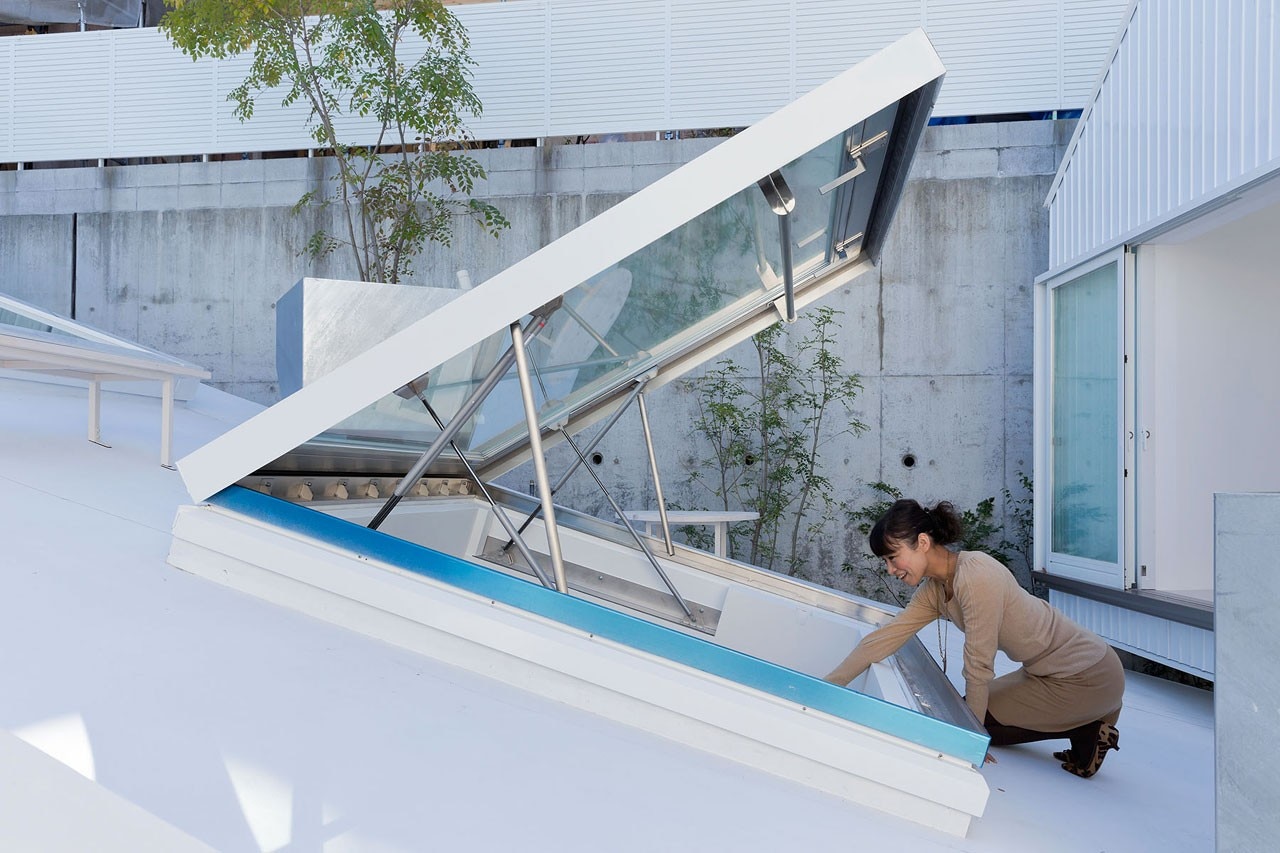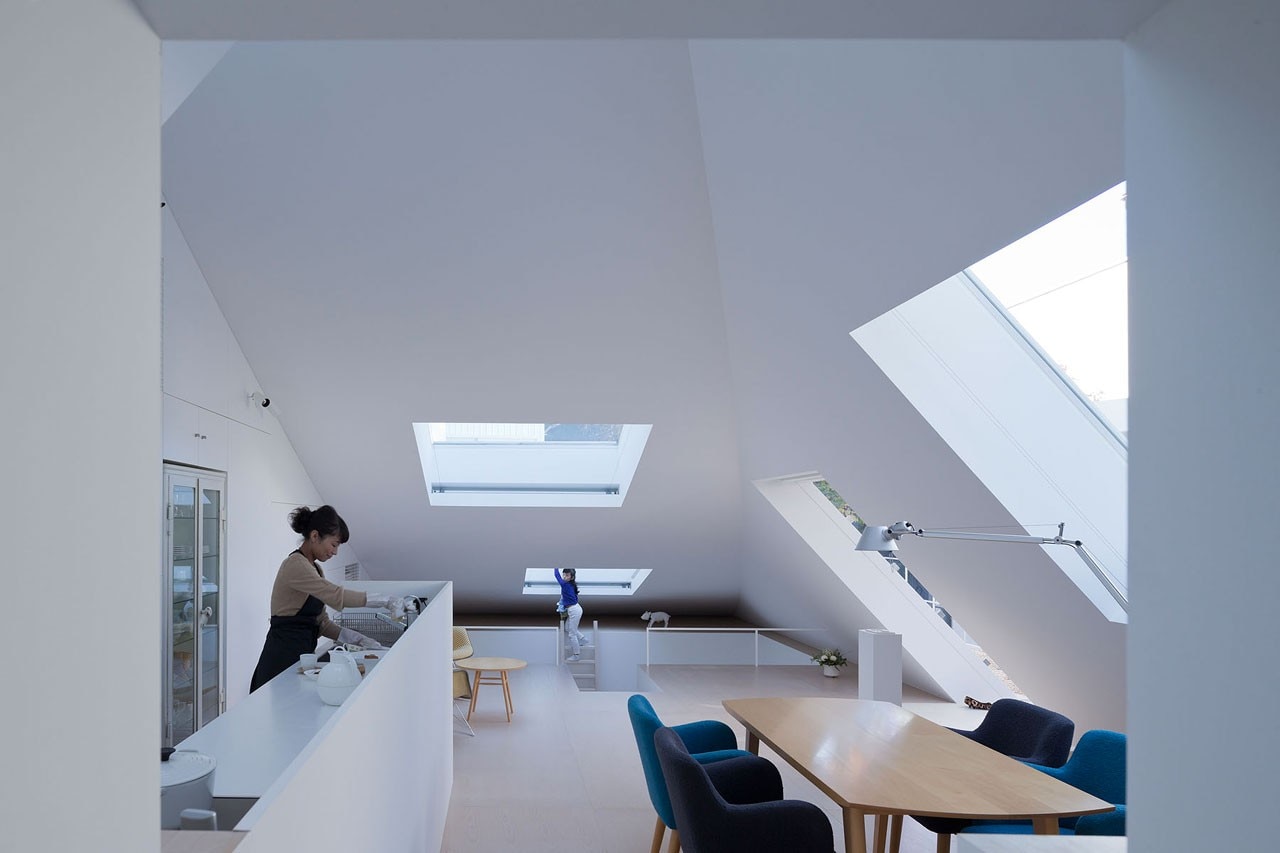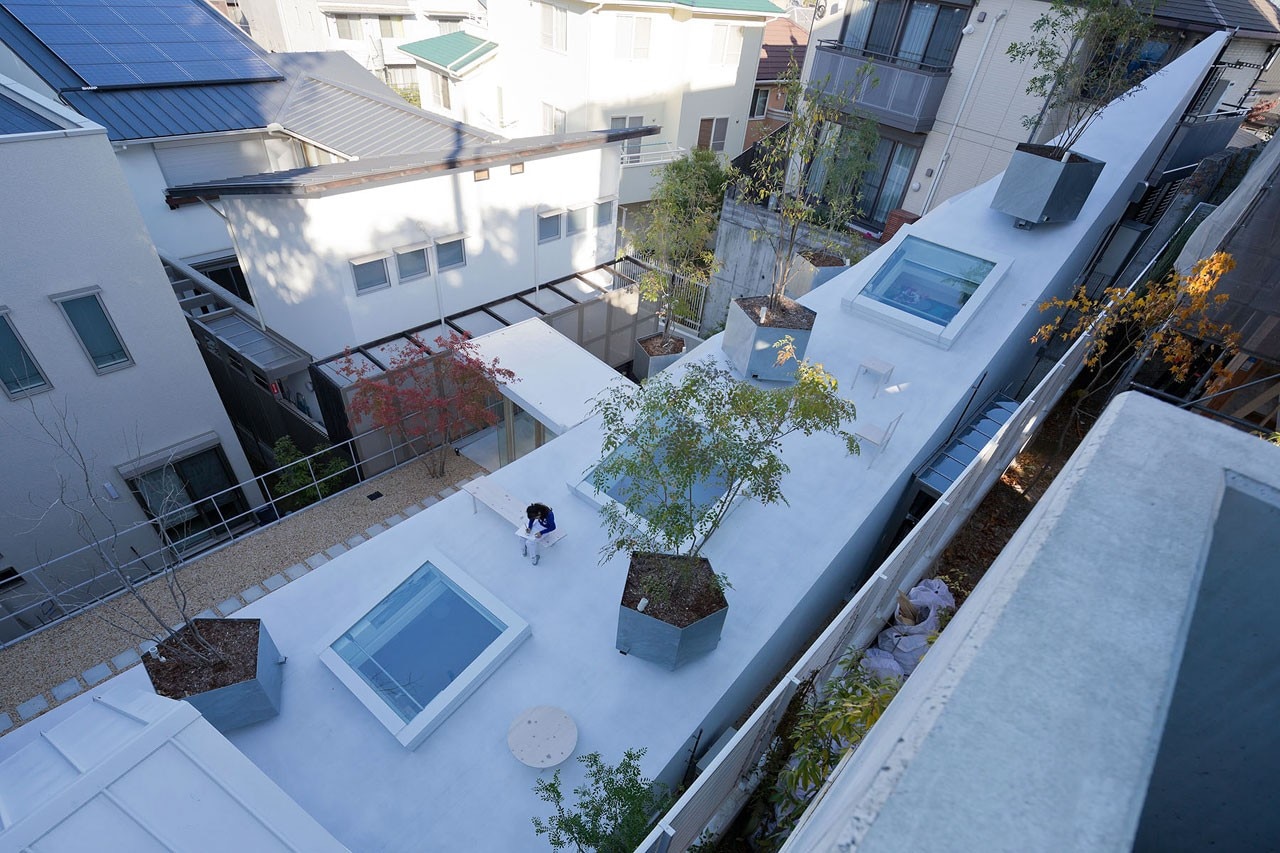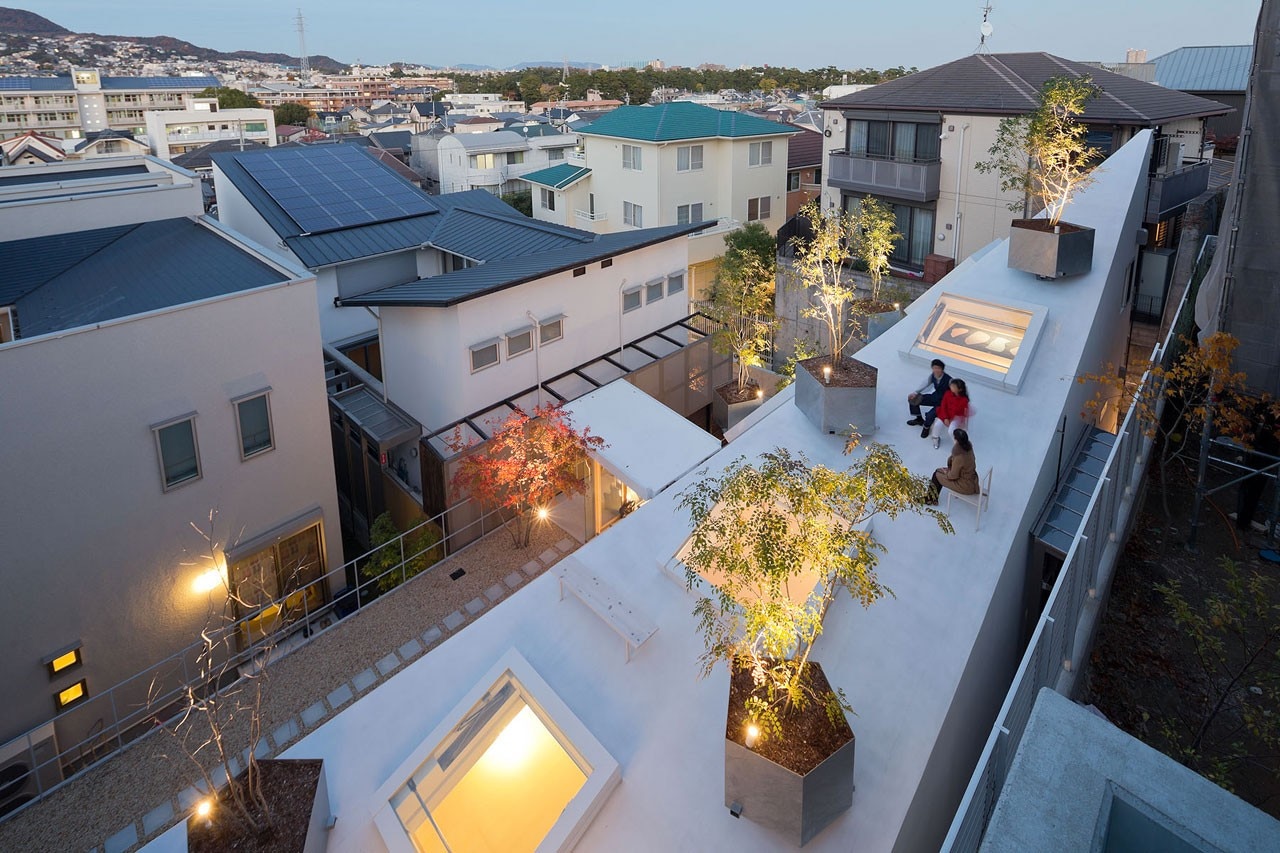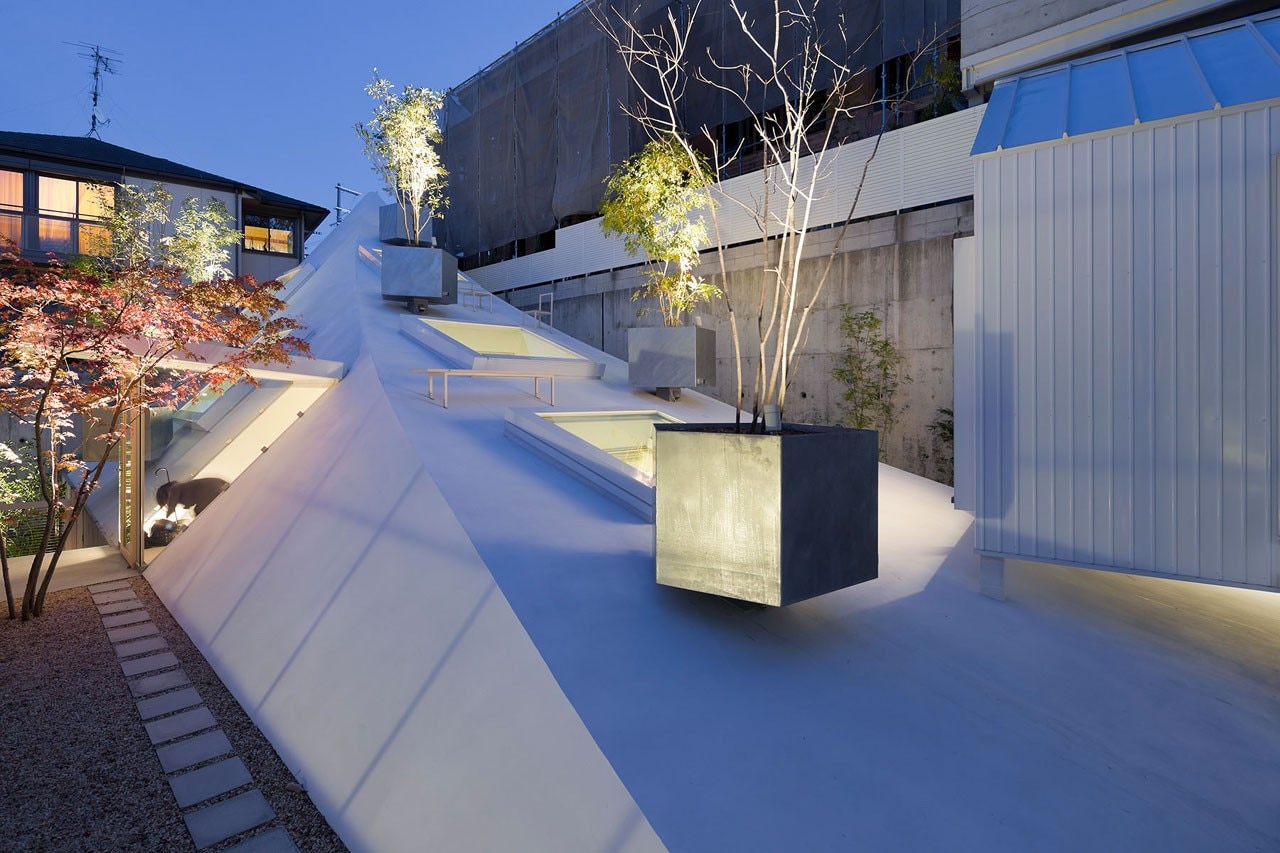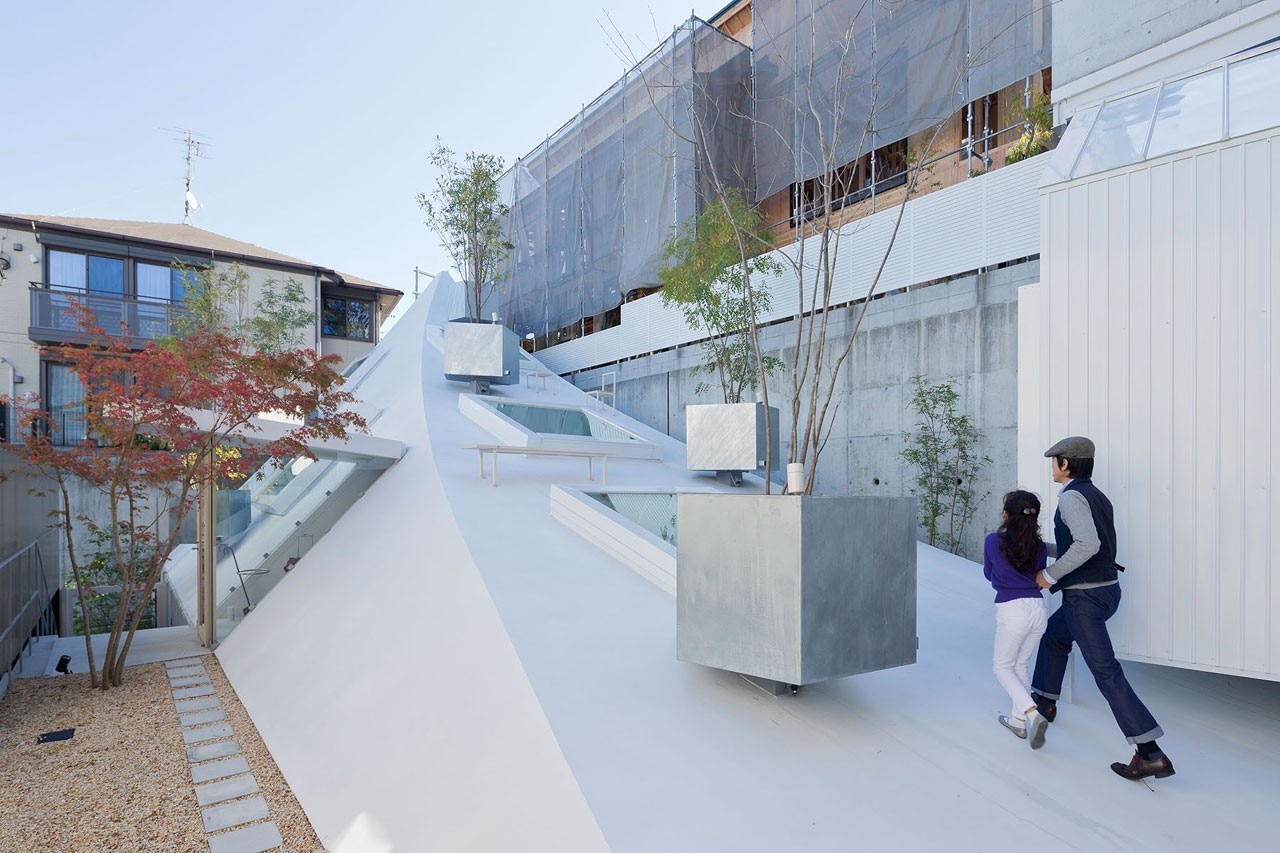
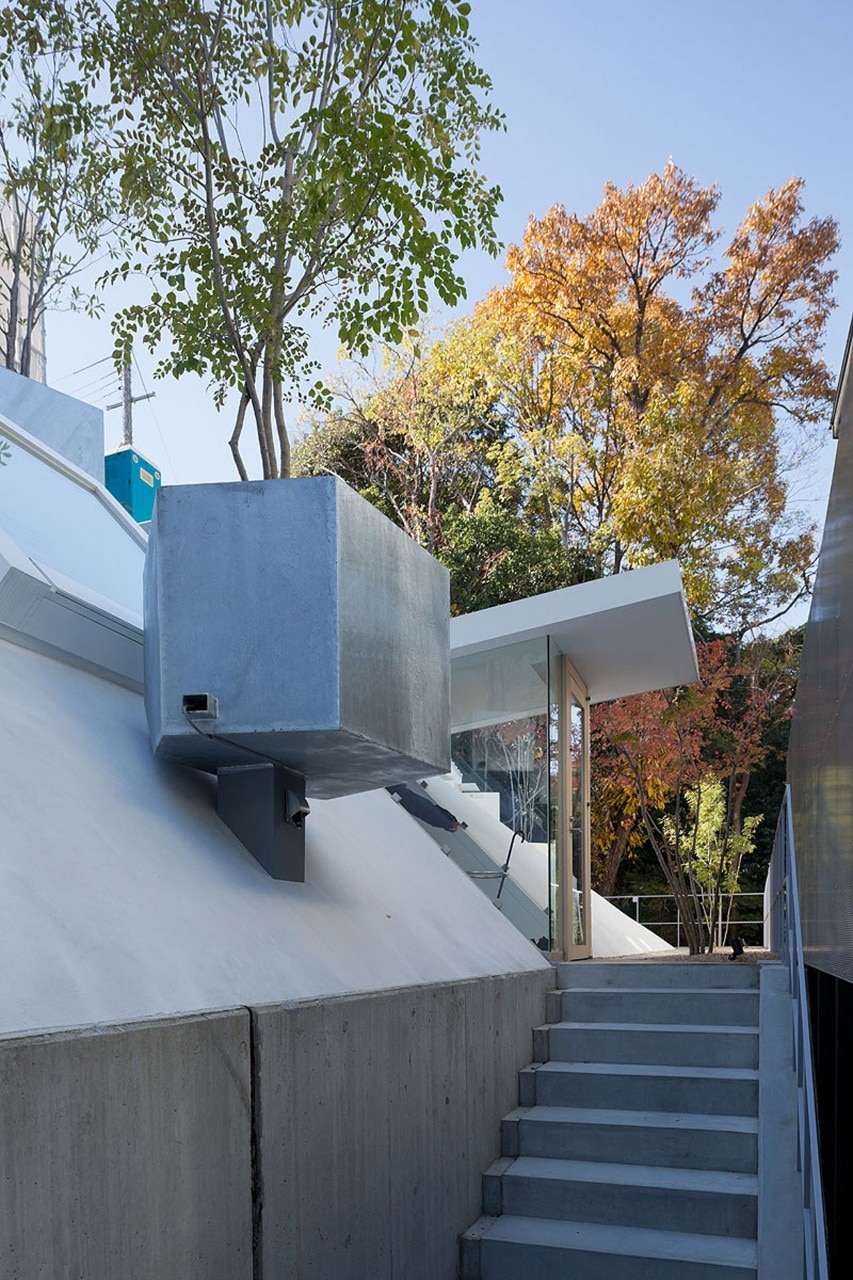
Rafael A. Balboa, Ilze Paklone: You started your career with a very strong manifesto some twelve years ago (Primitive Future). Since then your way of thinking has evolved considerably in terms of spatial experience and complexity. Did you imagine yourself at this point, when you are designing Serpentine pavilion in London? Are you afraid of growing too much?
Sou Fujimoto: I am not afraid of being in new situations, which I cannot control. I enjoy it. If the office is expanding, everything gets out of control and quality of architecture gets down. I understand that I have to be very conscious about it. I like to be involved in really crazy situations. Serpentine pavilion is quite a big challenge. It is not only a big chance, but also a big risk. Everything is there. I like experiencing the whole thing. I am doing some big projects in China as well. It is another challenge. We almost cannot control the final quality of our proposals. Different cultures, different situations are happening there. I definitely learn something and update myself through such challenges. The final quality and power over the proposal in architecture is the most important point. I am trying my best to achieve that.
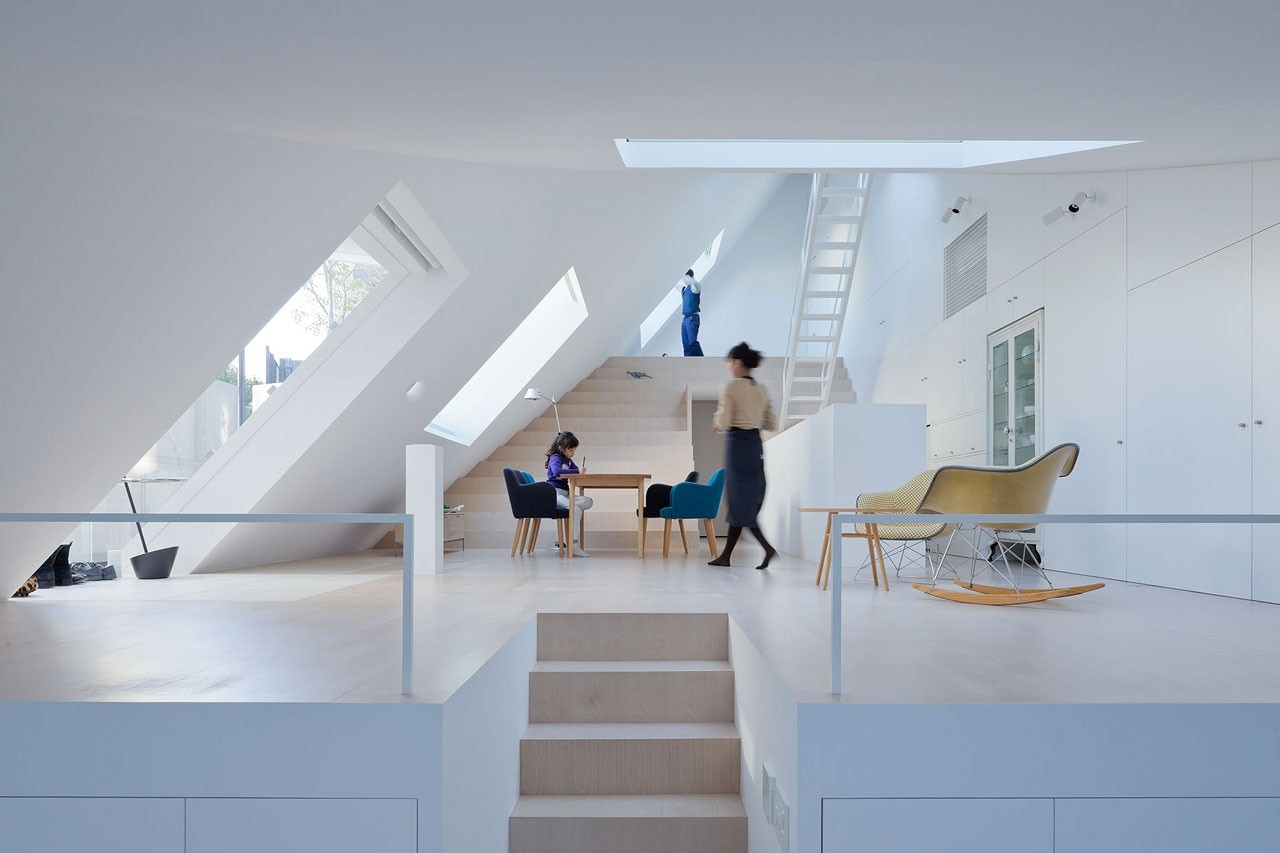
Domus: You had already experimented with very simple and light structures in prior projects like House NA, which now is expressed again in a cloud-like lattice for the Serpentine Gallery Pavilion. Your design tends to follow specific themes or concepts. Which is your current special interest at this moment?
Sou Fujimoto: Serpentine Pavilion is a mixture of Japanese structural culture and my own small career. My really early conceptual project of 35cm Steps (Primitive Future) turned into the Final Wooden House. Through that project I was interested in how architecture could have a relation to human behaviour and human body. Ambiguity and coexistence of architecture and nature has been a strong tradition in Japanese culture. That inspires me all the time, especially in such a beautiful context of Kensington Gardens in London. It is a challenge to create something, which is artificial and at the same time almost vanishes in the nature. It is on the edge of artificial order and nature, at times blurring both of them. Ambiguity is a nice opportunity to challenge.
Sometimes it is quite exciting to reinvent architecture itself. Architecture is not anymore an area surrounded by walls. Sometimes a wall could be replaced by the layers of the wall or by frames. In the Final Wooden House a wall is not a wall anymore, roof is not like a roof and a floor is redefined for different things. Maybe from such early works to the House NA of many steps and until now, we have been developing architecture as a space itself, not made by objects. New understanding of architecture is directing to the point of redefining our life. I like to think about architecture not only as a masterpiece, but also about the new life in it.
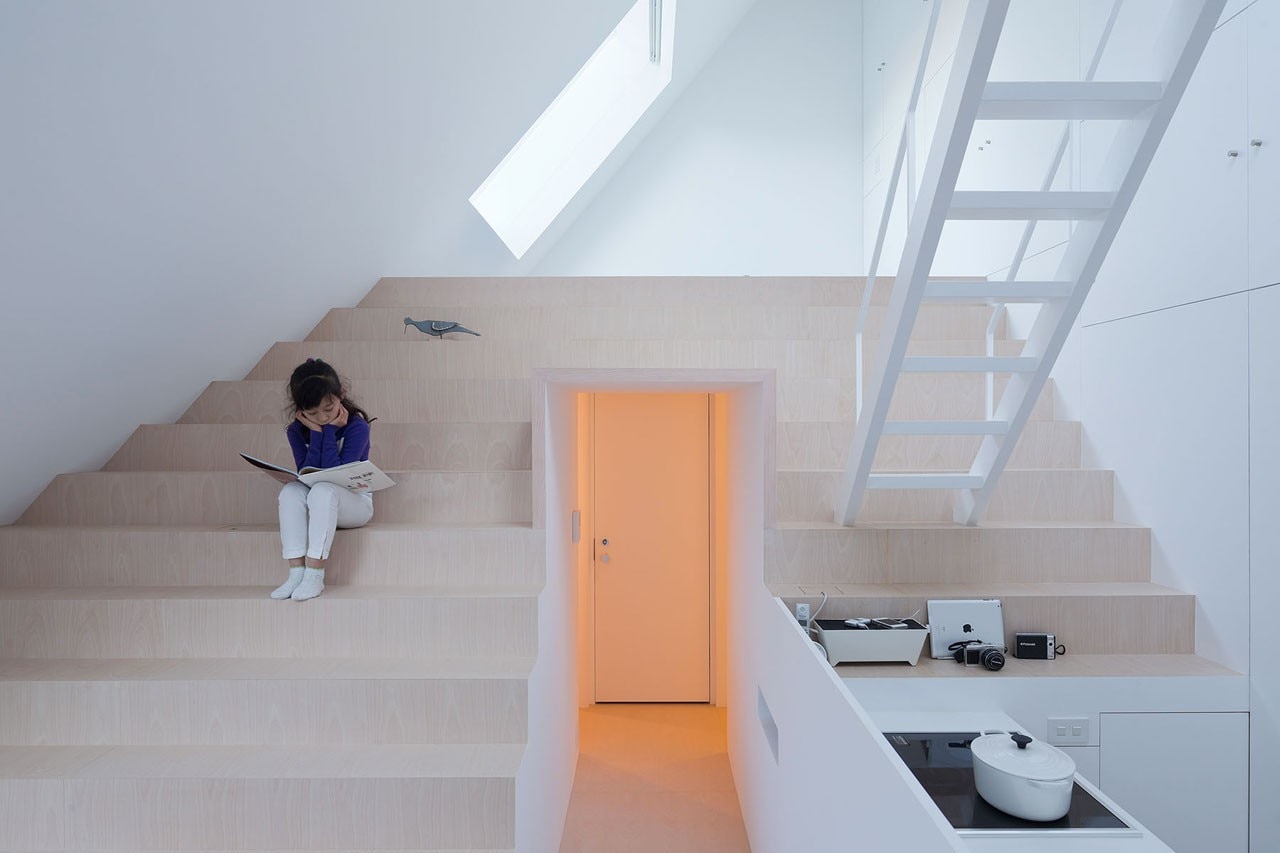
Our continuous interest in architecture is also to think about the fundamental relationship between inside and outside. For instance, accordingly to the unique conditions of the site for House K, we thought it was not a good idea just to open it to the surroundings, as in the case of House N. Client wanted a house, which is more like an environment to live in. It became a small mysterious landscape without dividing house and garden. Sloping roof combines outside and inside in a three-dimensional way. It is a kind of loop through outside and inside.
When we meet with a client and see the specific site, some ideas come to be realized to update our interest to a different level. I have less clear style of shapes or method, but more continuous stream on the fundamental level. Appearance is changing accordingly to the situation. Even in Japan, every site is different. Every time we can make something new, similar at some points to the previous projects, but different at others. Such challenge is continuous. It is my method.
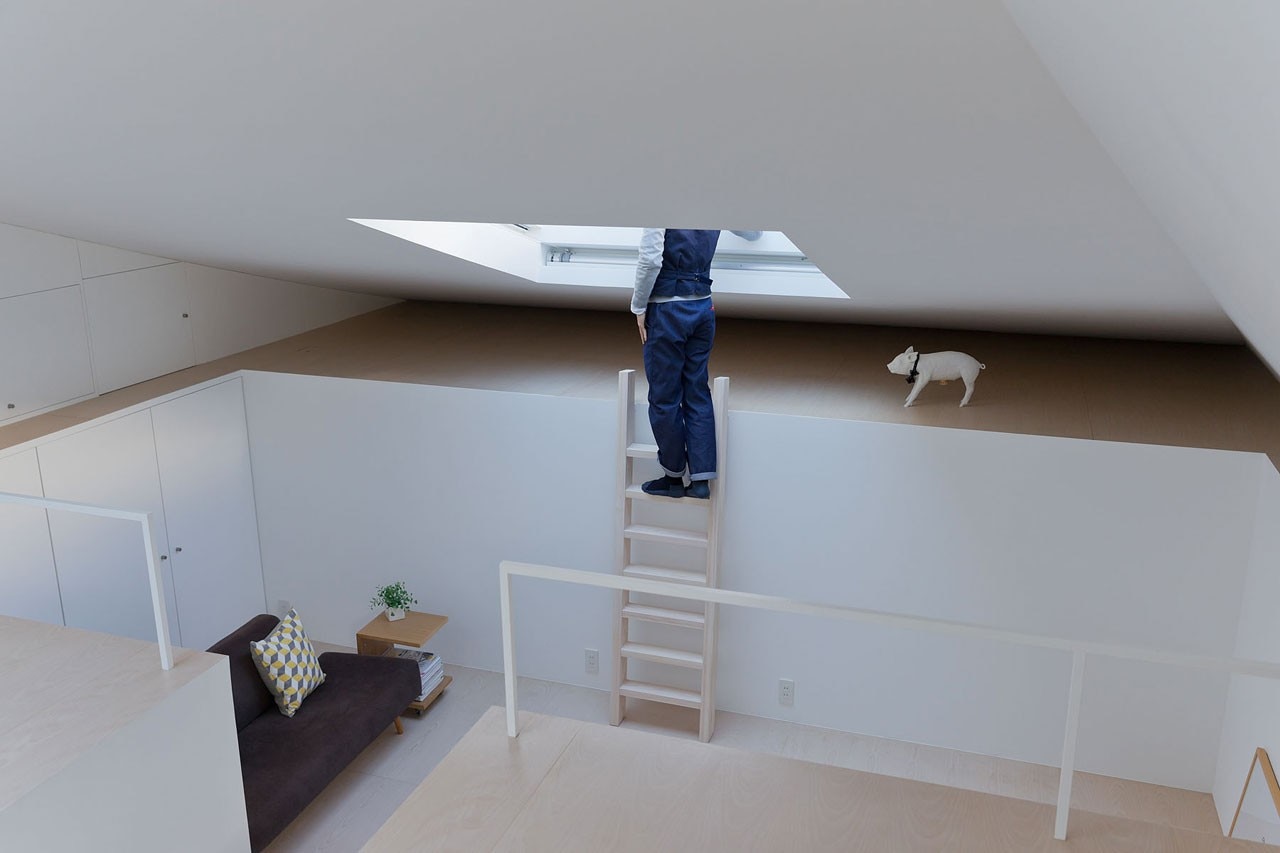
Domus: To redefine you need sometimes to forget or deny something pre-established. Probably, you are still taking a lot of ideas from your prior manifestoes, because they were somehow redefining many spatial concepts that you are still interested. Isn’t it that on the process of creating you start to cannibalize yourself?
Sou Fujimoto: It is not only about forgetting everything. Going back to the zero point is only one starting point. History is not fixed. Old things could have new meanings from new viewpoints. Sometimes going back to history and new understanding of traditional things is quite exciting innovation. I am not worried of being lost in the world of no definitions. We have full richness of the history of architecture and human life. Every time it has a hint, an inspiration to redefine, what architecture or life is. We can just continue such a vast history. If we can contribute a small piece to it, it is quite nice.
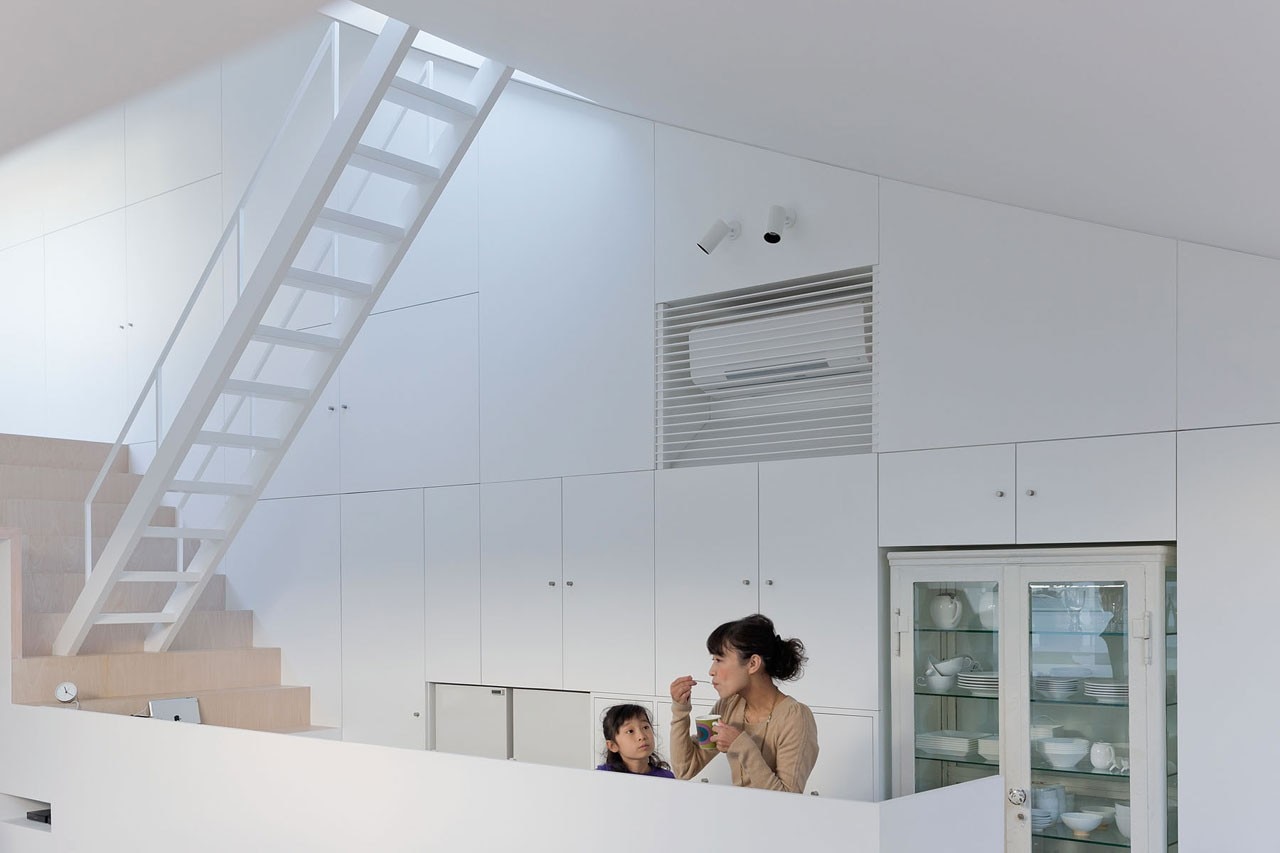
Domus: Everything is changing drastically in these days; collapsing economies and shift of capital (which is translated also in migration of work for architects) Have some of these conditions triggered something new in your work?
Sou Fujimoto: I do not know what is happening. I like being in such an unpredictable situation. If it is stable, it also boring. If economy goes well, people like doing silly things. Bad economy sometimes creates more challenge and good architecture. Good clients in Japan like fundamental things at the moment.
In Japan economy is not so good at the moment, but China and Taiwan are doing quite well. We have different situations at the same time. On one hand we have rather bad economy, but clients still like good things. On the other hand, we have good economy and crazy powerful things happening. We see both of them. We see also, how long and deep history in Europe is still ongoing. We can be more open‑minded. I think, it is a very nice moment.
